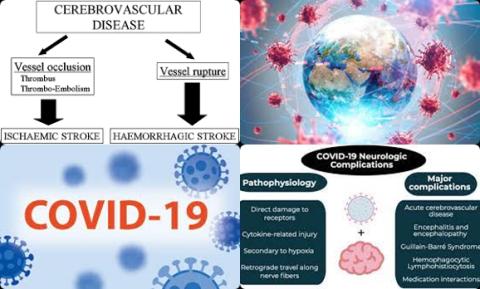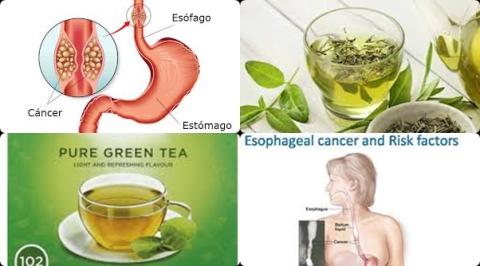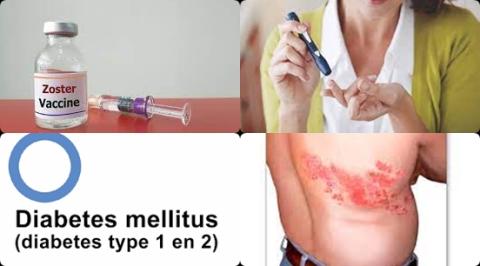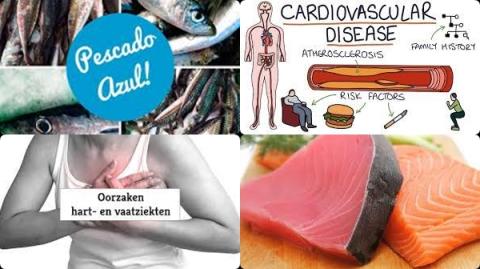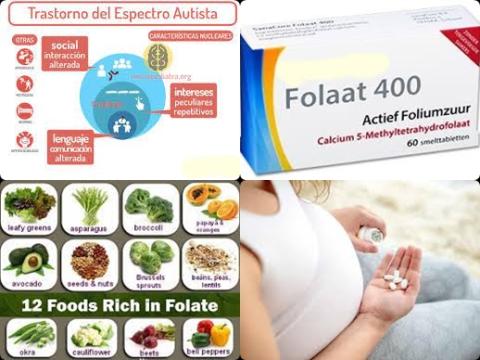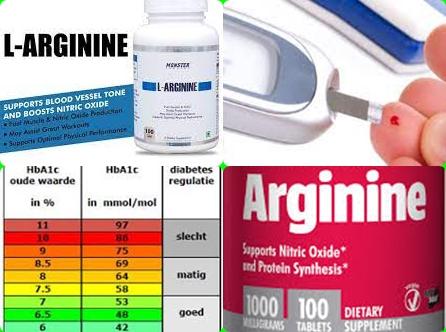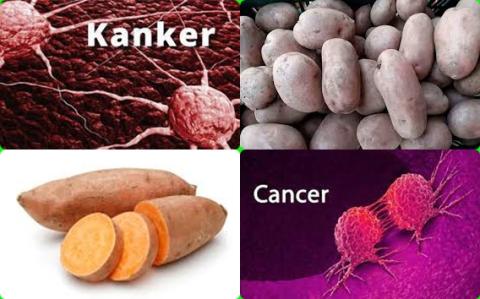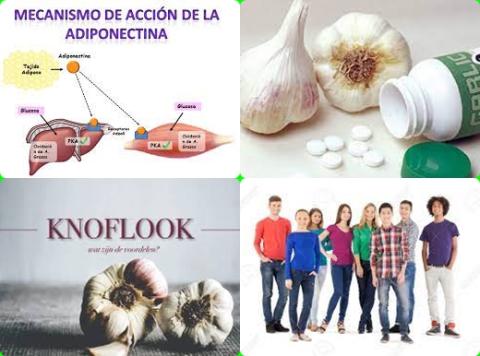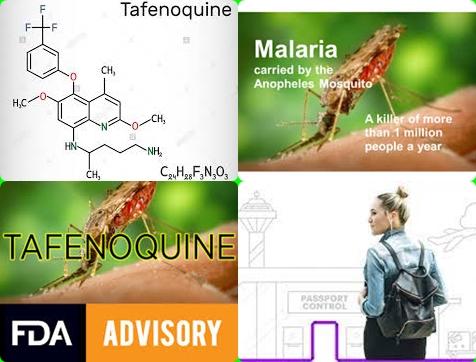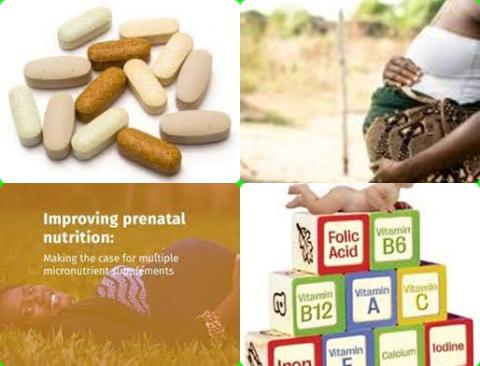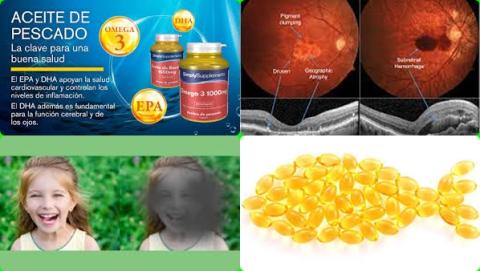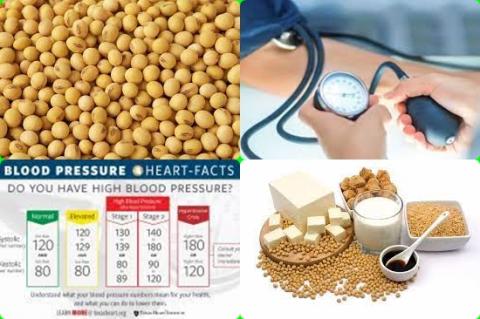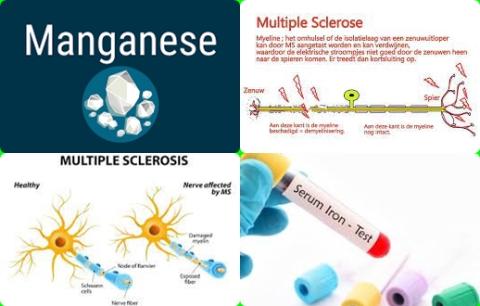Rice bran oil causally decreases cholesterol and triglyceride levels in adults
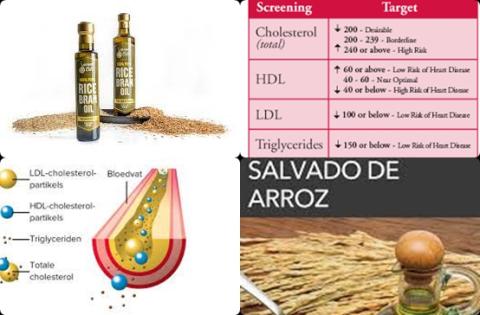
Objectives:
Dyslipidemia/hyperlipidemia is recognized among the risk factors for lifestyle related diseases. A healthy diet, rich in vegetable oils such as rice bran oil (RBO), may aid to improve serum lipid levels. Therefore, this review article has been conducted.
Does rice bran oil decrease causally the levels of serum total cholesterol (TC), low-density lipoprotein cholesterol (LDL-c), high-density lipoprotein cholesterol (HDL-c) and triglyceride (TG) levels in adults?
Study design:
This review article included 8 eligible RCTs with 14 effect sizes.
The effect sizes were expressed as weighted mean difference (WMD) with 95% confidence intervals (CI).
Results and conclusions:
The investigators found that the consumption of rice bran oil significantly decreased serum
total cholesterol [WMD = -7.29 mg/dL, 95% CI = -11.32 to -3.25, p = 0.000];
LDL- cholesterol (bad cholesterol) [WMD = -7.62 mg/dL, 95% CI = -11.10 to -4.14, p = 0.000] and;
triglyceride [WMD = -9.19 mg/dL, 95% CI = -17.99 to -0.38, p = 0.041] levels in adults.
Significantly because the calculated p-value of = 0.041 was less than the p-value of 0.05.
The investigators concluded that the consumption of rice bran oil causally decreases serum
total cholesterol, LDL-cholesterol (bad cholesterol) and triglyceride levels in adults. Hence, it may play a role in reducing dyslipidemia/hyperlipidemia risk.
Original title:
The impact of rice bran oil consumption on the serum lipid profile in adults: a systematic review and meta-analysis of randomized controlled trials by Pourrajab B, Sohouli MH, […], Shidfar F.
Link:
https://pubmed.ncbi.nlm.nih.gov/33715544/
Additional information of El Mondo:
Find more information/studies on oil consumption, lowering cholesterol levels and cardiovascular disease right here.
